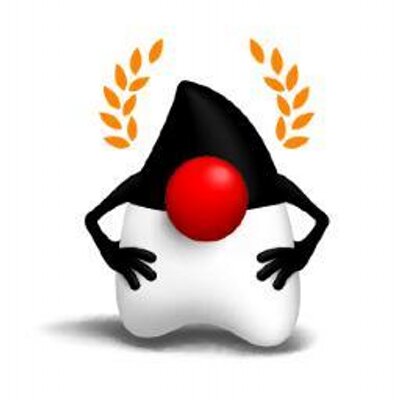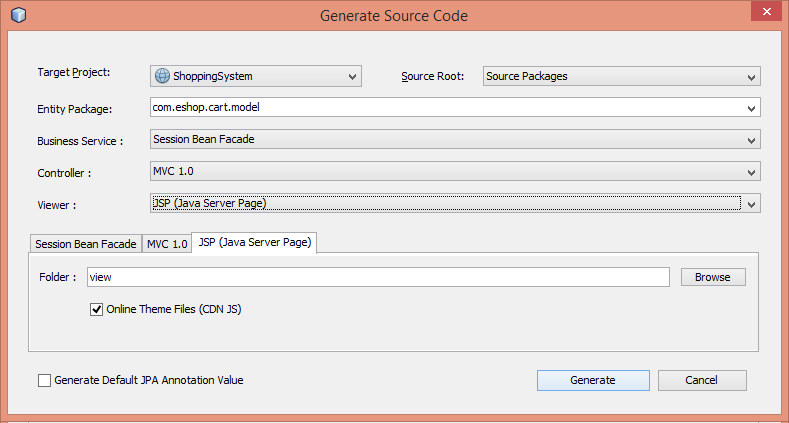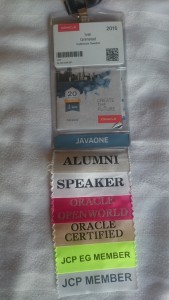I don’t think anybody with the slightest interest in server-side Java™, and Java EE in particular, have missed the frustrations (and anger) in the community for the hiatus regarding the specification work of Java EE 8. The activity for most of the Java EE 8 targeted JSRs have more or less stagnated for almost a year, with only a few exceptions.
This has resulted in initiatives such as the Java EE Guardians and the Microprofile.io. Both emerging from a community eager to move Java EE forward to continue being the preferred platform for enterprise Java™.
The minutes from the August meeting in the JCP Executive Committee indicates that Oracle is finally beginning to move. At the meeting, Anil Gaur, Oracle Group Vice President with responsibility for Java EE and WebLogic Server, said:
“…We would like the future of Java EE to be viable to next generation of applications. These apps are composed and deployed differently in cloud and require flexibility, reliability and scale. The platform needs a new programming model that’s geared towards reactive style programming for building large-scale distributed applications that are loosely coupled…”
This year’s JavaOne will definitely be exciting in terms of Java EE. If you haven’t registered yet, do so!
I am carefully optimistic and think that Java EE has a bright future!











